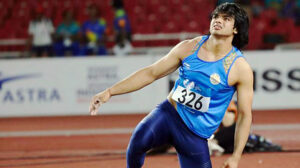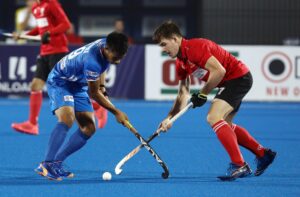Muaythai fighter Diego Oliveira shares how he believes that proper training can shield a boxer from injuries. That has been his approach throughout a career comprising 58 professional fights
What’s one of the most common sights for the spectators of a combat sport? Well, the answer would be ‘fighters being carried out of the ring in stretchers.’ The level of danger increases in case of Muaythai Kickboxing. Fought in boxing rings, over 75 per cent of the matches end in a TKO (where a referee or the judge is compelled to intervene to stop the fight). Moreover, Muaythai focuses on parts of the body normally not allowed for use in other combat sports, like knees and elbows. But, these dangers—though inevitable—fail to deter the spirit of Diego Oliveira, a rising star in the ring! In a career comprising 58 professional fights in Mixed Martial Arts and Muaythai Kickboxing, the 35-year-old Brazilian fighter has always believed that the right form of training—that ensures synchronization of the mind and the body—can armour the fighter in the ring from injuries.
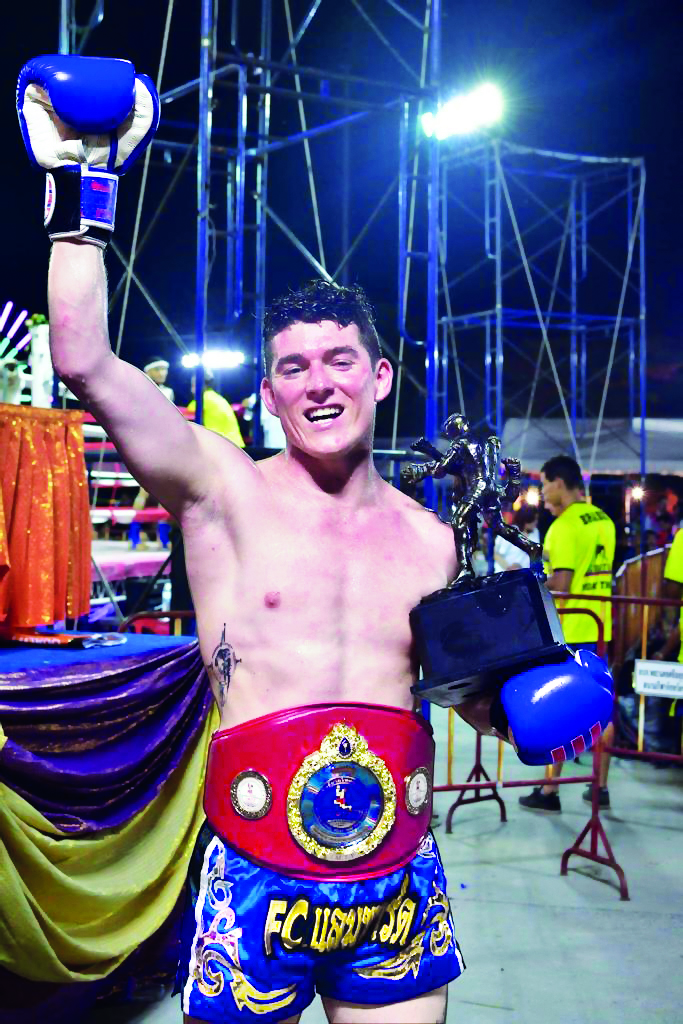
The aggressive nature of the sport often leads to broken jaws, cracked ribs, damaged knees, internal bleeding, and periods of unconsciousness. Diego had also faced serious injuries in three separate fights, ending up with two broken ribs, a damaged nose and fissures on his foot. Despite these injuries, he didn’t give up! “When someone trains the mind and body for the sport, the chance of getting injured reduces. You must know how to train and prepare the body for the fight. I always ensure that I have good preparation, both mentally and physically,” he said. A Muaythai fighter typically toughens the shin bones in a number of ways. The most common way is to repeatedly kick banana trees, although rolling the shins on glass bottles is gaining popularity, as per experts. By creating micro-fractures in the shin bones, fighters can turn a normally fragile bone into a strong and blunt one.

Young achiever
Hailing from a small town in Brazil, Diego was first introduced to soccer at the age of 10. A few years later, he was fascinated to accept the challenges of combat sport to be able to feel the exhilaration of victory and thus developed the inclination towards Martial Arts. At 13, he started his training in martial arts and faced the first professional fight four years later. “As I had my first fight, I knew from that point on, that this sport was something I wanted to pursue for the rest of my life,” he said. Diego is among those who accomplish incredible things at a shockingly young age. By the time he was 18, he began training basic Muaythai to beginners and at 21 he had started his first fight gym in São Paulo, Brazil.
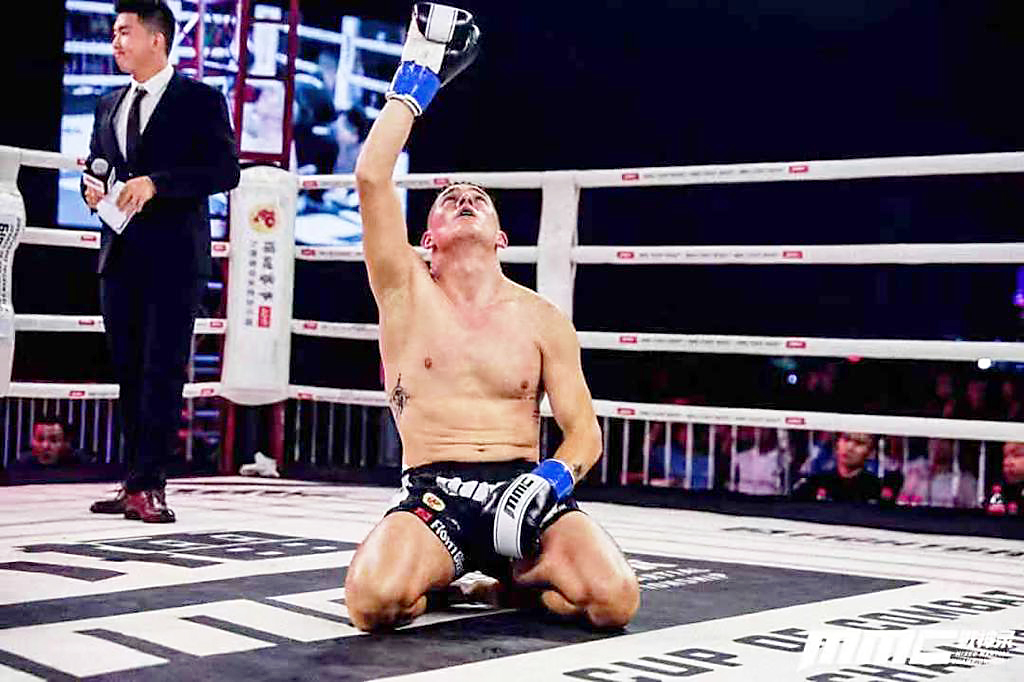
Fight-by-fight
“Over the years, opportunities began opening up for me to fight in other countries and in 2014 I flew to Thailand to fight for the IFMA World Muaythai Championship where I ranked third. After Thailand, I travelled to Argentina for the Sul-Americano Muaythai Championship and stood third again,” he said, adding that he had also begun enhancing his martial arts skills by that time by getting trained in Brazilian Jiu-Jitsu. After success in Brazil, he moved to China to train some great fighters from the UFC organisation like Lingliang and Yan Xiaonan. He lived there for 7 years. “I had the opportunity to fight in the biggest events like the Brazilian championship (Brazil), Sul-America (Argentina) Kunlun fight (China), MMC (China) and World Championship (Thailand ),” recalled Diego, who feels ‘fighting is all about one’s own self, personality and mind-set with none to interfere.’
‘Never give up’
Unlike other forms of martial arts, Muaythai is aggressive and the fighter remains prone to injuries. “There is a stigma that fighting is too dangerous, but this isn’t always true! The more people start to understand and respect the sport, the more they are willing to train the mind and body in preparation for a fight, lessening the risk and injuries one would suffer,” he said, advising youngsters to not give up due to the fear of injuries.
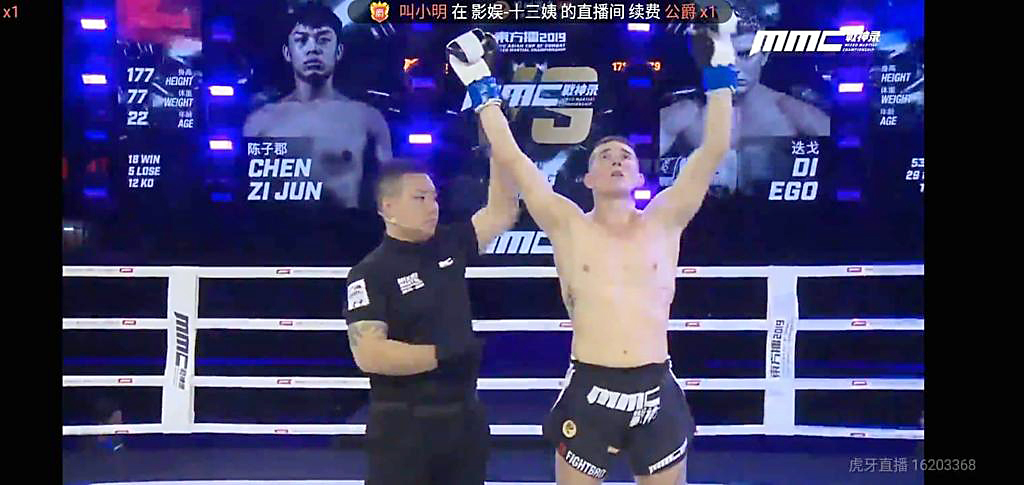
About the sport
Muaythai is also referred to as Thai boxing. Known as ‘art of eight limbs’, it makes use of the stand-up striking posture along with various clinching techniques. In this form of combat sport, a combination of fists, elbows, knees and shins are used. It grew popular internationally in the late 20th to 21st century, when Westernised practitioners from Thailand began competing in kickboxing and mixed-rules matches as well as matches under muay Thai. Today, the professional league is governed by The Professional Boxing Association of Thailand (P.A.T), sanctioned by The Sports Authority of Thailand (S.A.T.). A person who practices Muaythai is known as a Nak Muay.
FLASHBACK
1909-1910: King Chulalongkorn formalised Muay Boran (ancient boxing) by awarding three ‘muen’ at the funeral fights for his son
1913: British boxing was introduced into the curriculum of the Suan Kulap College. It was the first descriptive use of the term ‘Muay Thai.’
1921: First permanent ring in Siam at Suan Kulap College was used for both Muay and British boxing.
1993: International Federation of Muaythai Amateur or IFMA was inaugurated. It became the governing body of amateur Muaythai consisting of 128 member countries
1995: World Muaythai Council, the oldest and largest professional sanctioning organisations of Muay Thai, was established by the Thai government. Later, World Muaythai Federation was formed the same year
2006: Muaythai was included in Sport Accord with IFMA


